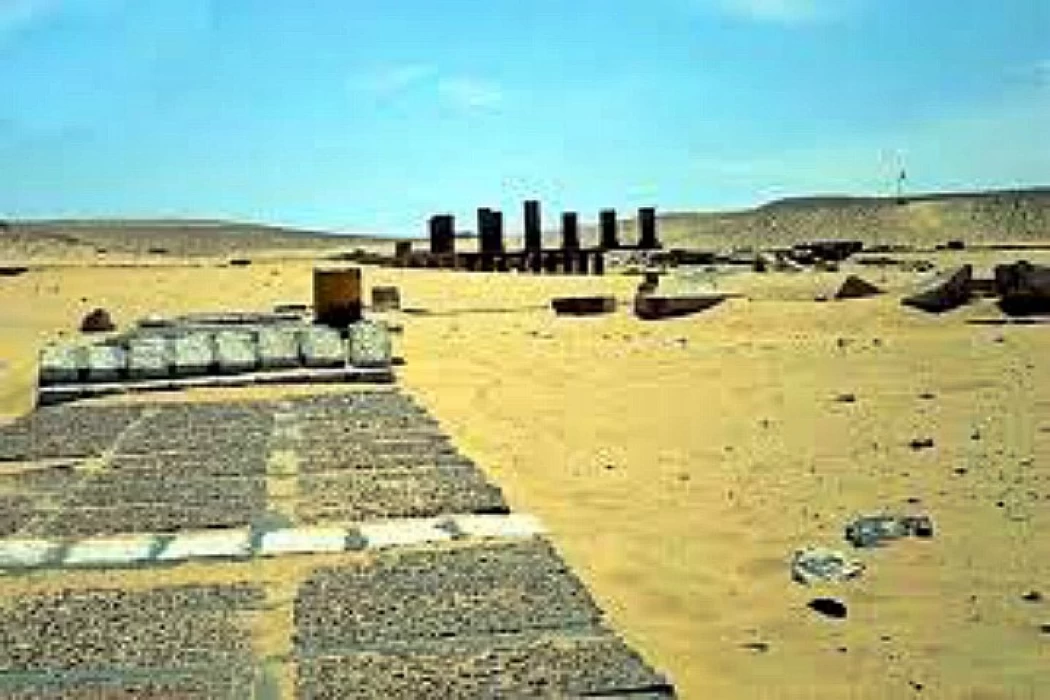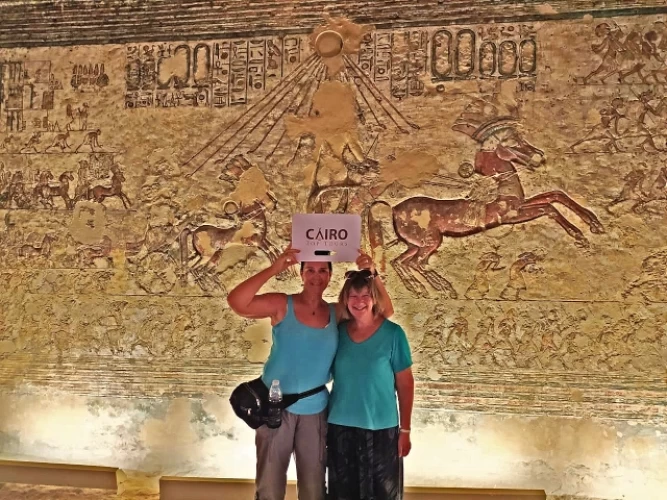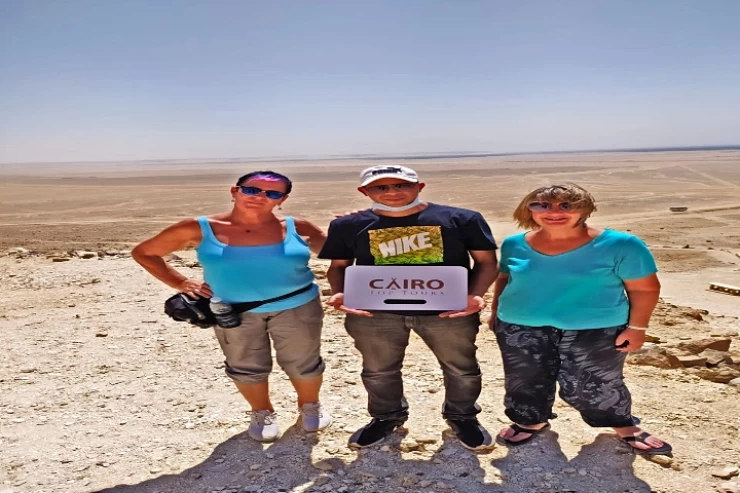
Tuna El-Gabal Village
Details about Tuna El-Gabal Village
Tuna El-Gebel" in Mallawi was chosen by the ancient Egyptians to be the land of eternal resurrection. South of Minya Governorate lies the city of Mallawi, which embraces the largest archaeological history as well as the land chosen by the ancient Egyptians to be the land of eternal resurrection, because its name is associated with land and water, and ensures the survival of ancient man until he returns.
Tuna El-Gebel, from which the word of monotheism and the worship of the one God was launched, was included by Akhenaten in the capital of the country (Akhetaten), he chose it to place on its mountains and rocks one of his historical paintings, the painting of the borders.
Tuna el-Gebel came from the word Ta-Went or Ta-Hent, meaning the land of the blessing or the sacred lake, and Ta-Wens from which Tuna and the word mountain were derived because it is located in the arms of the mountain. Tuna el-Gebel is located about 18 km west of Mallawi. Tuna el-Gebel was chosen in the late era to be the 15th cemetery of the region instead of the east to escape the Nile flood and grave diggers. Tuna el-Gebel is distinguished by many factors on the basis of which it was chosen to be the land that preserves, immortalizes and remains forever
The Tuna El-Gebel area includes the mysterious and exciting catacombs, which were discovered by the archaeologist Sami Gabra in 1937. They are one of the wonderful shrines in the archaeological area. He added that these catacombs date back to the Ptolemaic era and are tombs for sacred birds and animals. There is a part of the catacombs called the Greco-Roman part, which contains a room called the room of the goddess Nut, who patronized the sky.
There is the tomb of the High Priest (Ankh Hor), who is the priest and high priest who supervises the catacombs and the priest responsible for purifying, mummifying, shrouding and burying these birds and performing certain rituals that the priests performed in such burial works. He said that the high priest is the only human buried in the catacombs upon his request.
















